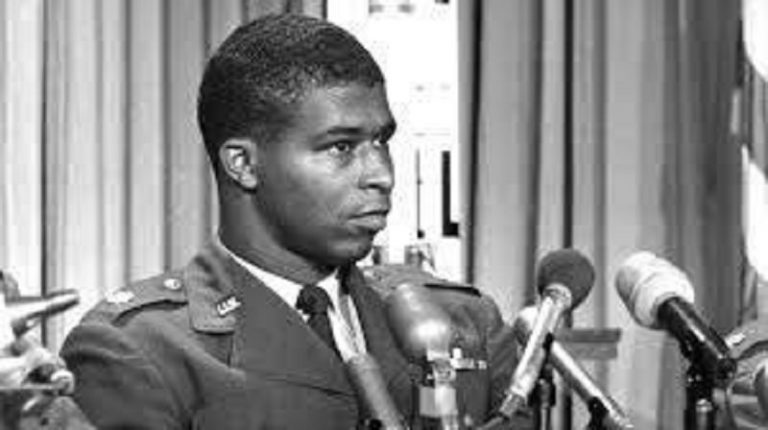PEORIA – NASA is naming a spacecraft after a Bradley University graduate who was the first African American chosen to be an astronaut.
Chicago native Robert H. Lawrence, Jr. began studying chemistry at Bradley at age 16.

“He was one of those students that had to work many, many hours to support himself while he was here, while also being in a very demanding major — and he excelled,” said Dr. Michelle Fry, chair of Bradley’s chemistry department.
Lawrence graduated in 1956 and went on to join the U.S. Air Force as a pilot.
He was one of 16 astronauts selected in 1967 for the Manned Orbital Laboratory, a precursor to the International Space Station.
Lawrence never made it to space. He died in a training accident later that year.
But Fry said he still solidified his place in history.
“There have been a large number of African Americans in the space program, I think even from very early on. It’s just that they weren’t given the recognition,” she said. “So they were recruited and mentored, but they weren’t given the recognition. And it took a long time for Major Robert Lawrence to receive the recognition, as well.”
Lawrence’s legacy extends onto the Bradley campus. The university established the Major Robert H. Lawrence, Jr. Memorial Scholarship the year of his death. Lawrence is also honored with an endowed lectureship and conference room.
Fry said these initiatives allow the chemistry department to promote diversity and inclusion.
“It can be challenging in the sciences to do that — and I think this has afforded us the opportunity,” she said. “We currently have 4 students who are receiving a Lawrence scholarship.”
The 13th Northrop Grumman Cygnus spacecraft, called the S.S. Robert H. Lawrence, Jr., will deliver research supplies to the International Space Station. It’s set to launch from NASA’s Wallops Flight Facility in Virginia on Sunday afternoon and arrive at its destination Feb. 11.
“These spacecrafts usually stay docked for about 30 days,” said Dr. Dean Campbell, a Bradley chemistry professor. “Then it gets released and deorbited.”
Campbell said the mission will be carrying multiple experiments up to the space station, but one in particular stands out.
“After it undocks and it’s still in orbit, they’re going to burn some samples, just to watch how different materials burn in space,” he said.
Campbell said the results could be used to inform safety precautions for future astronauts.
9(MDM5MjE5NTg1MDE1Mjk1MTM5NjlkMzI1ZQ000))

